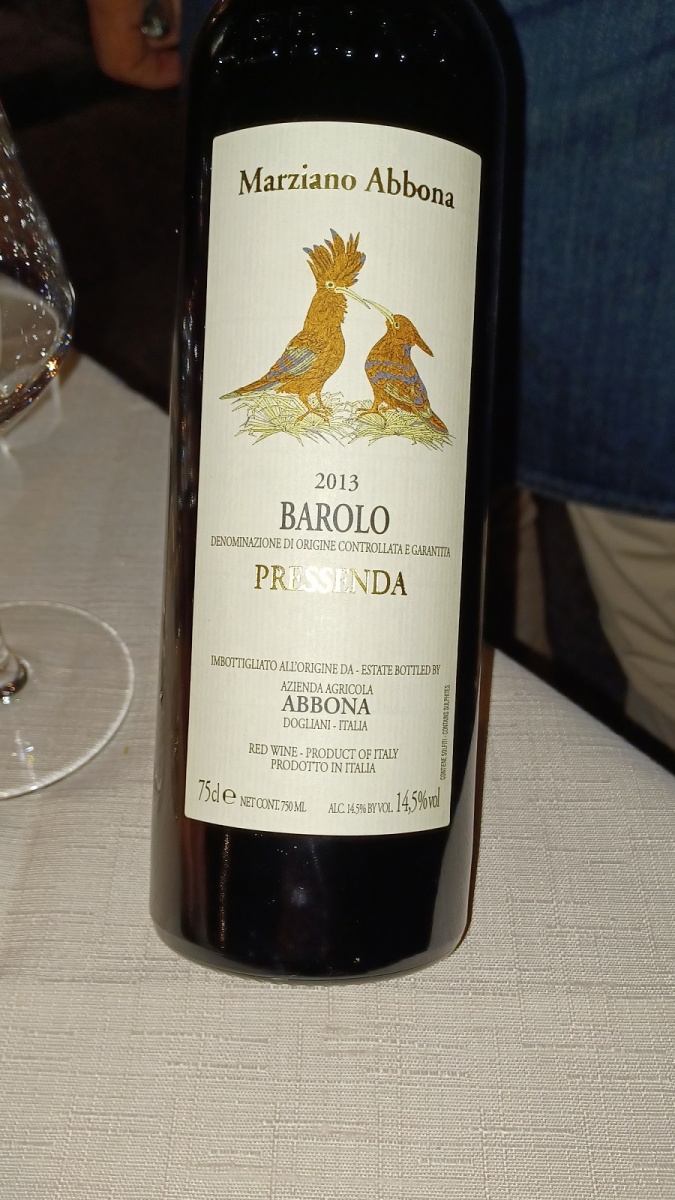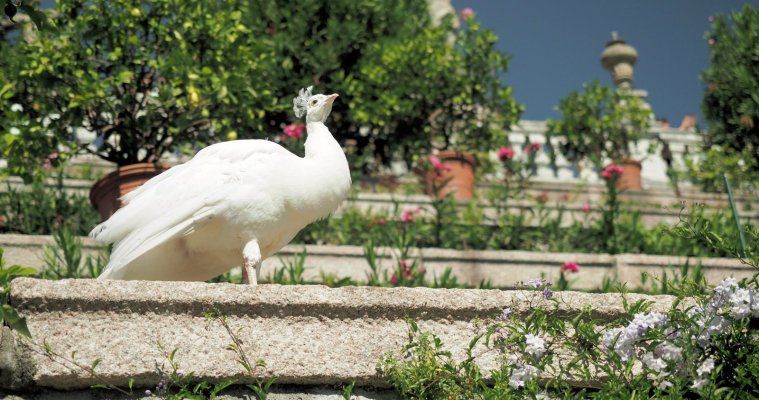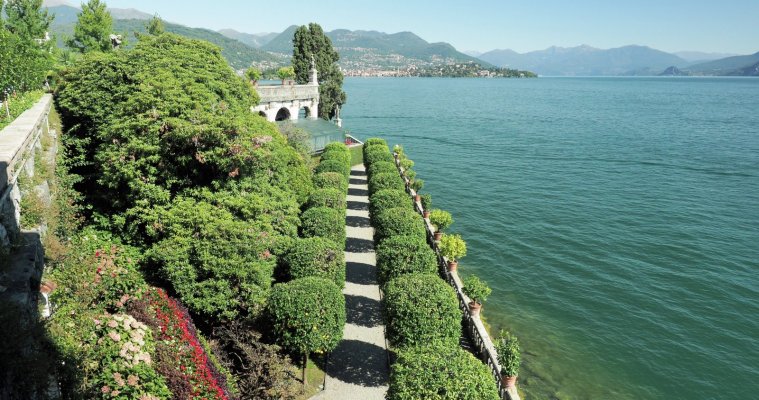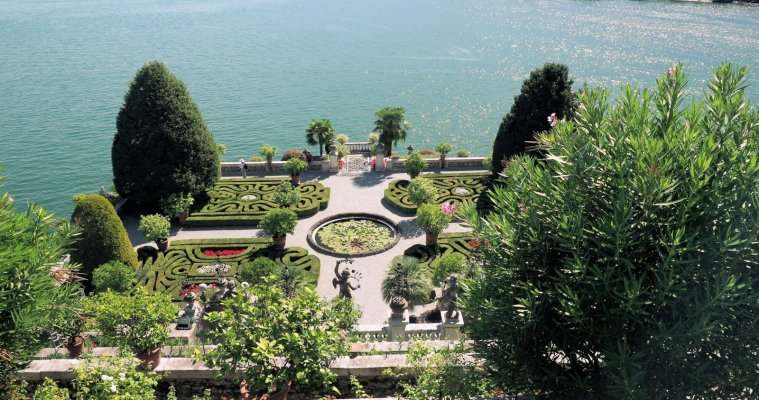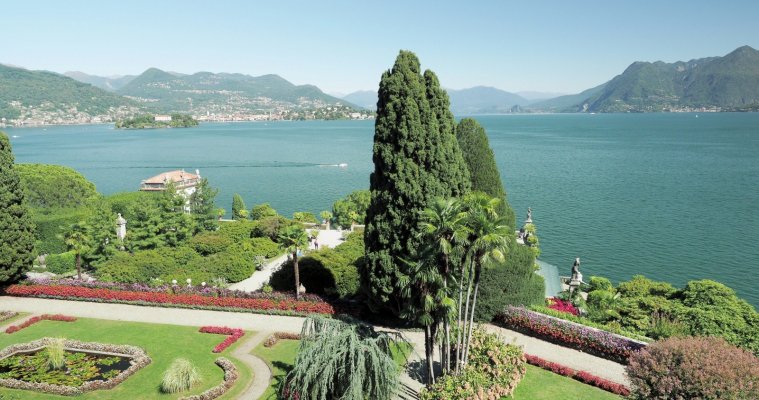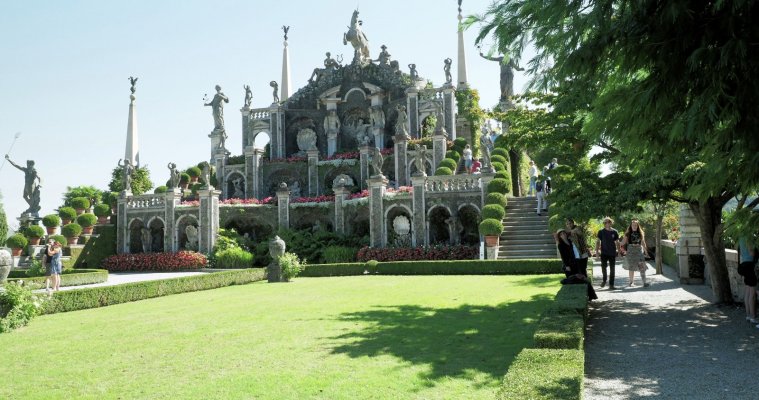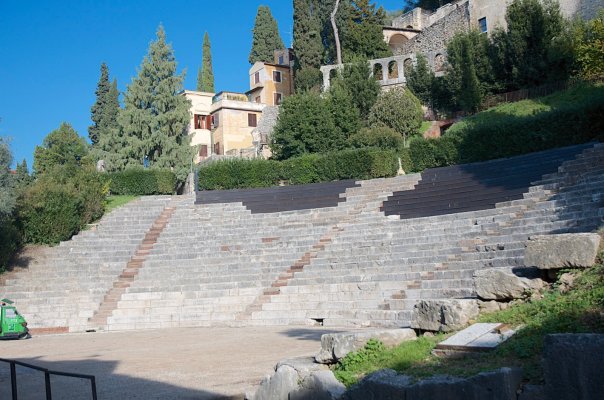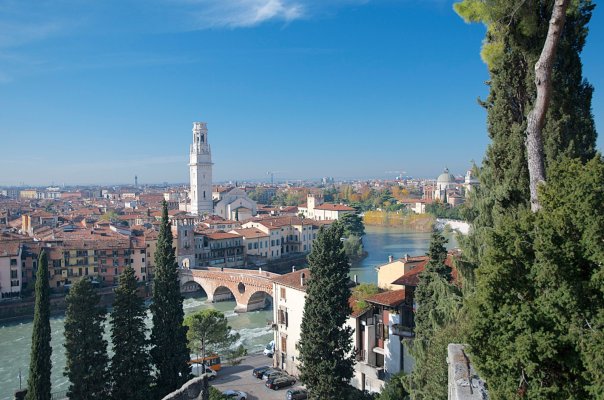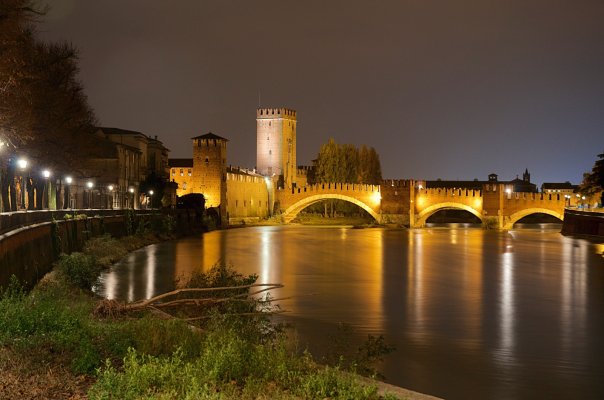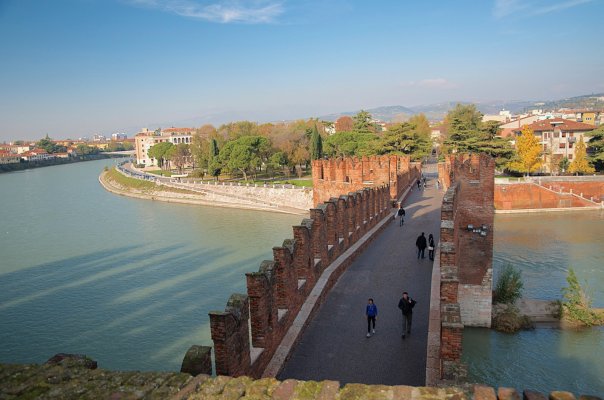NW-Bound
Give me a museum and I'll fill it. (Picasso) Give me a forum ...
- Joined
- Jul 3, 2008
- Messages
- 35,712
On this upcoming trip, I will pay a bit more attention to where we will have dinner.
Michelin Guide has a good list of recommended restaurants for each locale, with a classification of the cuisine, such as traditional, regional, or modern. These are not Michelin starred mind you, only recommended. Prices are reasonable. When I check against Google reviews and ratings, there seems to be a good agreement.
I just looked at one restaurant right now with a 5-course menu, plus 5 glasses of pairing wines. And also a 7-course menu, and 7 glasses of wines. Aye, aye, aye...
How can one eat and drink so much? Not I, no matter how tempting it is.
Michelin Guide has a good list of recommended restaurants for each locale, with a classification of the cuisine, such as traditional, regional, or modern. These are not Michelin starred mind you, only recommended. Prices are reasonable. When I check against Google reviews and ratings, there seems to be a good agreement.
I just looked at one restaurant right now with a 5-course menu, plus 5 glasses of pairing wines. And also a 7-course menu, and 7 glasses of wines. Aye, aye, aye...
How can one eat and drink so much? Not I, no matter how tempting it is.
Last edited:

